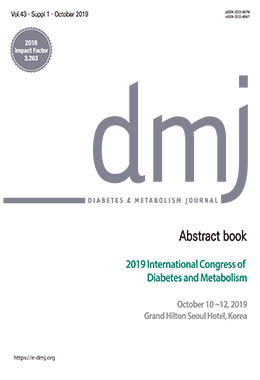Discovery of induced pluripotent stem (iPS) cells gave a new directional path to knock the disease world with new resource for cell transplantation and drug screening. Further progress and advances in iPS cell generation technology, from viral to non-viral system and from integrating to non-integrating approach of foreign gene into host genome, kept adding feathers to the technology making it more feasible for clinical application. iPS cell technology will enable autologous transplantation and more efficient drug discovery. For application into drug discovery, iPS cells which were generated from animal model or patient-derived somatic cells, are tried to differentiate into specific cells to express specific phenotypes and can be used as disease model. This disease model iPS cells are helpful for understanding the disease progression mechanism as well as for application into cell-based efficient drug screening.
The non-obese diabetic (NOD) mouse is a classical animal model for autoimmune type 1 diabetes (T1D), closely mimicking features of human T1D. Thus, the NOD mouse presents an opportunity to test the effectiveness of induced pluripotent stem cells (iPSCs) as a therapeutic modality for T1D. Here, we demonstrate a proof of concept for cellular therapy using NOD mouse-derived iPSCs (NOD-iPSCs). We generated iPSCs from NOD mouse embryonic fibroblasts (NMs) or NOD mouse pancreas-derived epithelial cells (NPEs), and applied directed differentiation protocols to differentiate the NOD-iPSCs toward functional pancreatic beta cells. Finally, we investigated whether the NPE-iPSC-derived insulin-producing cells could normalize hyperglycemia in transplanted diabetic mice. The NOD-iPSCs showed typical embryonic stem cell (ESC)-like characteristics such as expression of markers for pluripotency, in vitro differentiation, teratoma formation, and generation of chimeric mice. We developed a method for stepwise differentiation of NOD-iPSCs into insulin producing cells, and found that NPE-iPSCs differentiate more readily into insulin-producing cells. The differentiated NPE-iPSCs expressed diverse pancreatic beta cell markers and secreted insulin in response to glucose and KCl stimulation. Transplantation of the differentiated NPE-iPSCs into diabetic mice resulted in kidney engraftment. The engrafted cells responded to glucose by secreting insulin, thereby normalizing blood glucose levels.
We propose that NOD-iPSCs will provide a useful tool for investigating genetic susceptibility to autoimmune diseases and generating a cellular interaction model of T1D, paving the way for the potential application of patient-derived iPSCs in autologous beta cell transplantation for treating diabetes.




